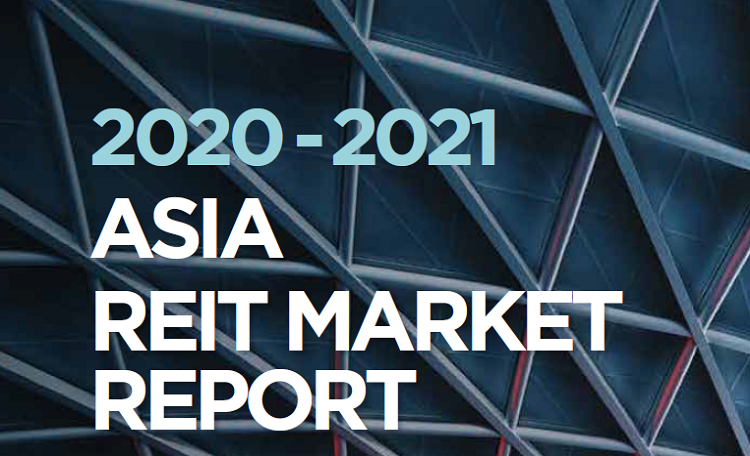
As at the end of 2020 there were 185 REITs in the Asia market, of which 78 were integrated REITs containing multiple property types. Twenty-eight REITs were focused on the office market, 24 were in industrial/logistics properties, 23 were in retail, 18 in the hotel sector, nine in residential apartments, and four in healthcare. A single REIT focused on the data center market.
This report uses annual financial reports published by REITs listed in Singapore, Japan and Hong Kong SAR. We have also studied Bloomberg data and have analyzed four financial indicators: dividend yield, total return, price-to-book (P/B) ratio, and leverage ratio. Together, we hope these insights will help investors better understand the financial performance of REITs in different markets and in different property types.
In terms of average dividend yield, REITs in Singapore enjoyed the highest returns at 6.4%, followed by Hong Kong SAR with 6.3%. REITs in Japan delivered the lowest yield of the three major markets at 4.8%, consistent with historical performance.
When looking at total returns over the past ten years, Hong Kong SAR REITs have delivered the highest total annualized return rate, above the Singapore and Japan markets. Nonetheless, total returns in most REIT markets were in negative territory in 2020, although, of our three key markets, Singapore showed greater resilience at -2.7%, compared to Hong Kong SAR at -13.0% and Japan at -13.1%.
In addition, REITs in Singapore and Hong Kong SAR presented at an overall discount status, with an average P/B ratio of 0.96 and 0.60, respectively. Overall, REITs in Japan showed a slight premium, with an average P/B ratio of 1.09.
Finally, REITs in the Singapore and Hong Kong SAR markets demonstrate overall gearing prudence, with liabilities not exceeding 45% of the total asset value, while their counterparts in Japan shoulder a relatively higher leverage ratio, although still remaining at less than 55% of the total asset value.



